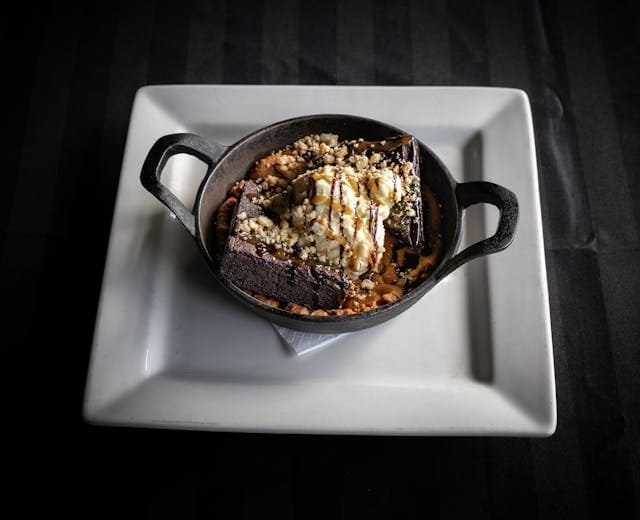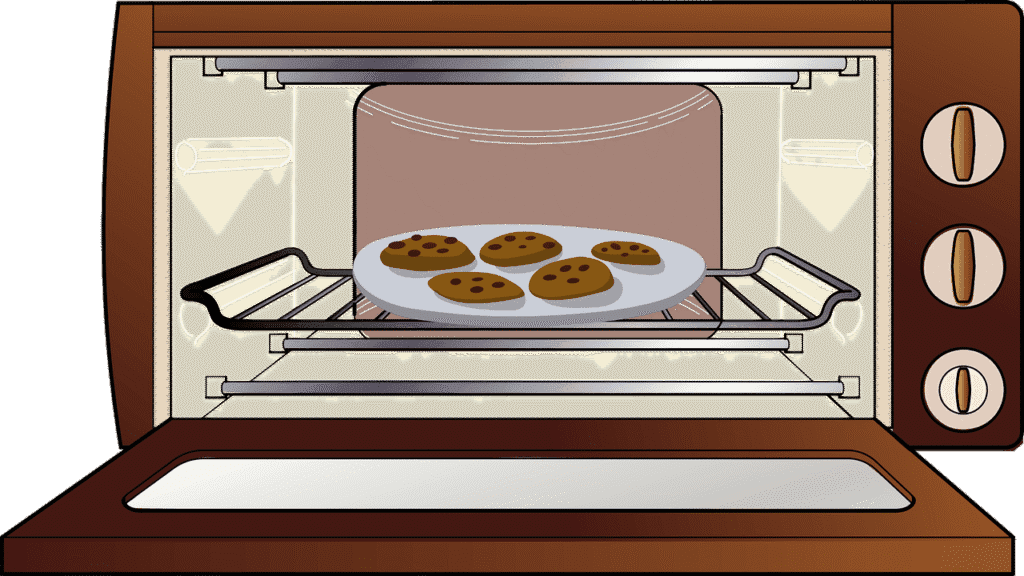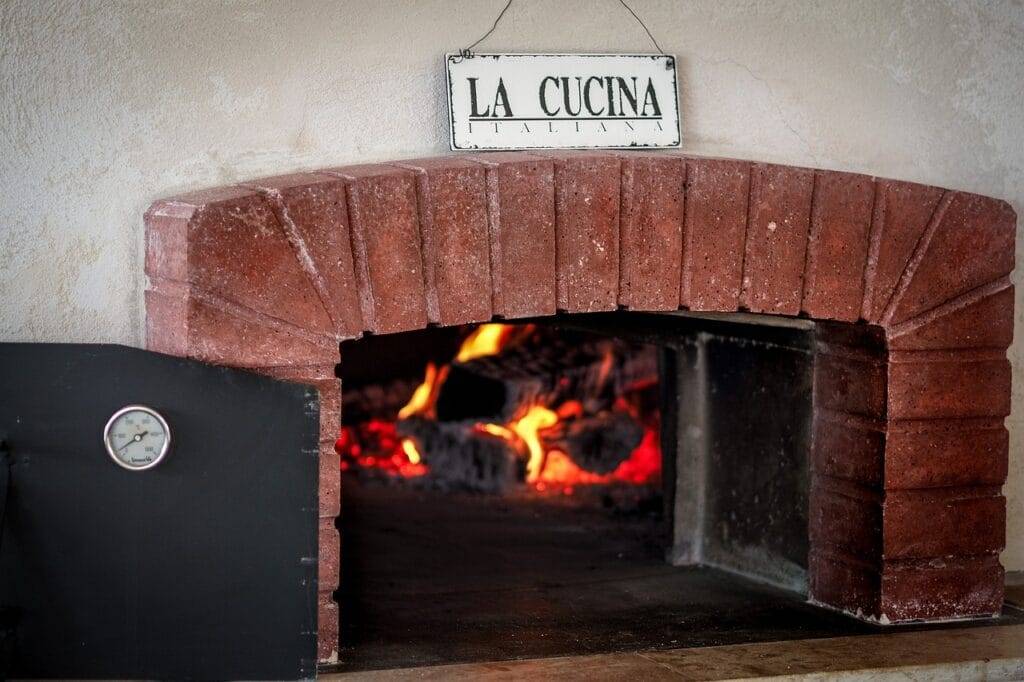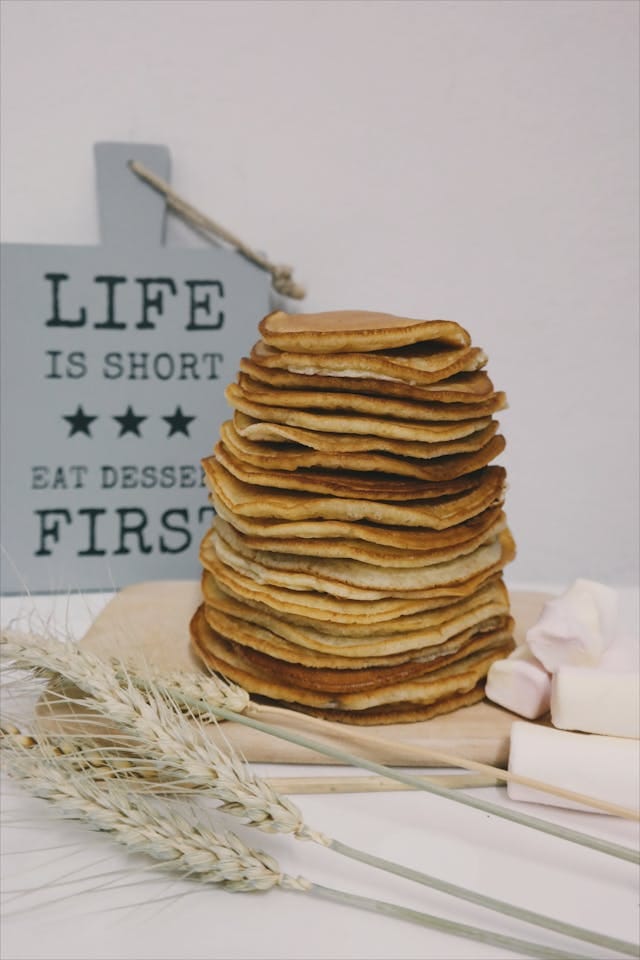Can I Put My Frying Pan In The Oven?

Have you ever found yourself wondering “Can I put my frying pan in the oven?” and will it ruin it or cause a fire? These are common questions, especially for those who love to cook and want to maximize their kitchen tools. Let’s unpack this topic so you can make informed decisions the next time you’re preparing a meal.
Understanding Frying Pans
Before we dive into the specifics of using frying pans in the oven, it’s important to understand what a frying pan is and how it’s typically used. Frying pans, also known as skillets, are primarily designed for frying foods. They are commonly made of materials like stainless steel, cast iron, nonstick coatings, and aluminum, each with its own properties.
Common Materials of Frying Pans
Here’s a breakdown of different frying pan materials and their oven safety:
| Material | Oven Safe? | Typical Temperature Limit | Comments |
|---|---|---|---|
| Stainless Steel | Yes | 500°F (260°C) | Usually safe but check for handles. |
| Cast Iron | Yes | 500°F (260°C) | Excellent for oven use; retains heat well. |
| Nonstick | Depends | 350°F (175°C) | High heat can damage nonstick coating. |
| Aluminum | Depends | 400°F (204°C) | Lightweight and heats quickly; check for coatings. |
Knowing the material of your frying pan can help you determine if it is safe for oven use.
Frying Pan vs. Traditional Baking Dishes
You might wonder whether using a frying pan instead of a traditional baking dish makes any difference. There are some key distinctions to keep in mind. Frying pans are designed for quick cooking on the stovetop, while baking dishes are often used for even heat distribution in the oven.
Benefits of Using a Frying Pan in the Oven
Using a frying pan in the oven can provide a unique advantage in your cooking routine. Here are some benefits:
- Versatility: You can transition from stovetop to oven cooking easily. For example, searing meat on the stovetop and finishing it in the oven can enhance flavor and texture.
- Heat Retention: If you’re using a cast iron frying pan, it retains heat exceptionally well, making it great for baking items like cornbread or frittatas.
- Fewer Dishes: Using one pan means less cleanup, which is always a win in the kitchen!

Safety Precautions When Using Frying Pans in the Oven
While frying pans can be oven-safe, it’s crucial to take safety precautions to ensure your cooking experience is safe and enjoyable.
Check the Manufacturer’s Guidelines
The first step is always to check the manufacturer’s guidelines. Many frying pans come with specific details about whether they are oven-safe and the maximum temperature they can withstand.
Monitor Temperature
If you’re using a nonstick frying pan, always keep the temperature below the recommended limit to avoid damage. Remember, high heat can break down the nonstick coating.
Handle Materials
Frying pans with plastic or rubber handles may not be oven safe. Always confirm the handle material and its oven tolerance. If it isn’t, consider using oven mitts or a towel when removing the pan from the oven.
Cooking Techniques by Putting Frying Pans in the Oven
Integrating frying pans into your oven cooking can diversify your cooking techniques. Here are some popular methods:
Baking
You can use a frying pan to bake a variety of dishes. For instance, making a frittata or baking cornbread in a cast iron skillet provides an excellent textured crust.
Broiling
Broiling uses high heat from above, and if your frying pan is oven-safe, it can handle the intensity. This technique is great for finishing meats with a crispy top.
Roasting
You can also roast vegetables or meats in a frying pan. Just be sure to keep an eye on the cooking time, as it can differ from traditional baking dishes.
Common Recipes for Frying Pans in the Oven
Feeling inspired? Let’s look at some delicious recipes that work well in a frying pan!
One-Pan Chicken and Vegetables
This dish is not only comforting but also a perfect example of using your frying pan to create a well-rounded meal.
Ingredients:
- Chicken thighs
- Potatoes, chopped
- Carrots, chopped
- Olive oil
- Salt, pepper, and herbs of choice
Instructions:
- Preheat your oven to 425°F (220°C).
- Heat olive oil in your frying pan over medium heat on the stovetop.
- Sear the chicken for about 3-4 minutes on each side.
- Add the potatoes and carrots, seasoning to taste.
- Transfer the frying pan to the oven and roast for 25-30 minutes until the chicken is fully cooked.

Skillet Brownies
Who doesn’t love a gooey brownie? This recipe takes only one pan and is a crowd-pleaser.
Ingredients:
- 1 cup unsalted butter
- 2 cups sugar
- 4 large eggs
- 1 cup cocoa powder
- 1 cup flour
- A pinch of salt
Instructions:
- Preheat your oven to 350°F (175°C).
- Melt the butter in your frying pan on the stovetop.
- Stir in sugar and cocoa, followed by eggs.
- Mix in flour and salt until just combined.
- Bake in the oven for 20-25 minutes.
Troubleshooting Common Issues
While cooking with frying pans in the oven can be enjoyable, sometimes issues may arise. Here are some common problems and how to fix them.
Uneven Cooking
If your dish cooks unevenly, your oven might have hot spots. To combat this, rotate the pan halfway through the cooking time for more even results.
Sticking Food
If you’re using a nonstick frying pan but your food is still sticking, consider using a bit more oil or butter next time, or switch to a different pan.
Difficulty Removing the Pan from the Oven
Warm frying pans can be quite heavy, especially with food inside. Using oven mitts is essential; keep a towel nearby to help you grip the handle securely. Use both hands to safely remove a heavy frying pan from the oven and heat proof oven gloves!

Cleaning and Maintenance of Frying Pans
To keep your frying pan in tip-top shape, proper cleaning and maintenance practices are non-negotiable.
General Cleaning Tips
- Nonstick Pans: Avoid using abrasive sponges. Instead, opt for a soft cloth and warm soapy water.
- Cast Iron Pans: Clean with warm water and a soft brush. Avoid soaking it and never put it in the dishwasher.
- Stainless Steel: A mixture of vinegar and water can help remove stubborn stains.
Seasoning Your Pan
For cast iron pans, seasoning is essential. It adds a protective layer and enhances its nonstick properties. Simply coat the surface with a thin layer of oil and bake it upside down at high temperature for about an hour.
Conclusion
There you have it! Understanding whether you can put your frying pan in the oven depends on several factors, including the material of the pan and the specific manufacturer’s guidelines. With the knowledge of safe practices, cooking techniques, and maintenance tips, you’re now equipped to make the most out of your frying pan. Happy cooking!

